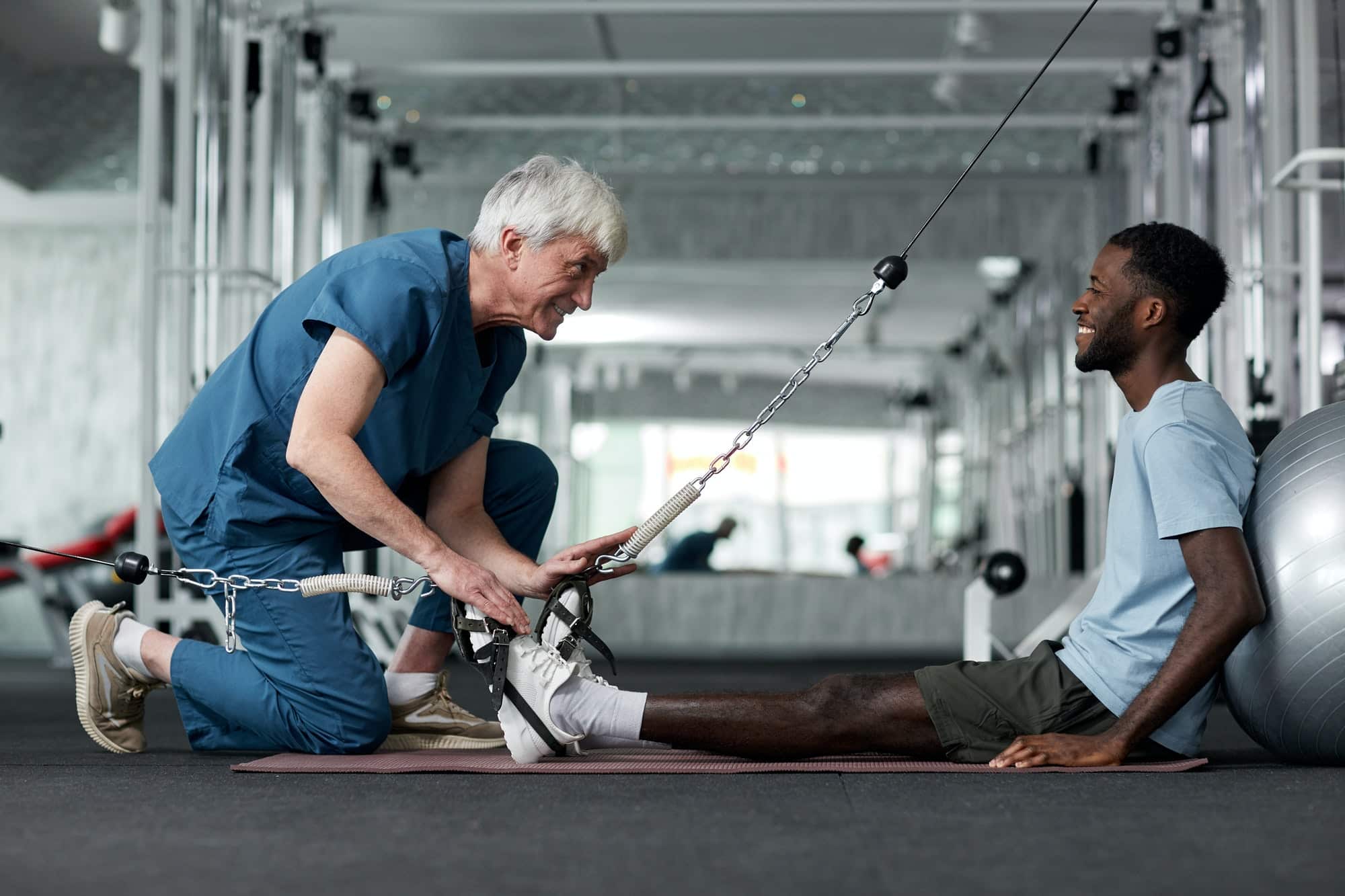The days of the American Pit Bull Terrier being cast in the villainous role of the canine world are slowly but surely fading. More and more, people are coming to appreciate the unique qualities and indomitable spirit that this breed embodies. However, it remains a sad reality that many pit bulls are still mistreated, leading to behavioral problems that include aggression and trust issues. This article serves as a guide, offering strategies that will help you rehabilitate a rescued pit bull with trust issues. It is not a quick fix, but over time, these methods have been proven to work.
Understanding the Pit Bull Breed
Before diving into the rehabilitation process, it’s crucial to get a firm understanding of the pit bull breed. These dogs have a reputation that precedes them, often leading to misconceptions about their character and behavior.
En parallèle : What’s the Best Way to Groom a Shih Tzu with Sensitive Skin to Avoid Irritation?
American Pit Bull Terriers are a breed that is known for their strength, loyalty, and affectionate nature towards humans. They are often misunderstood due to a history of use in dog-fighting rings, leading to a distorted perception of the breed as inherently aggressive, which is simply not true. It is this human involvement that has fostered their reputation for aggression, not the breed’s natural disposition.
A key aspect to remember when rehabilitating a pit bull with trust issues is that these dogs thrive on structure, routine, and, most importantly, positive reinforcement. Patience is essential in this process. You must be willing to invest time and energy in understanding the needs of your pit bull, and respond to them with kindness, consistency, and plenty of patience.
A lire aussi : How to Train Your Pet Rabbit to Use a Litter Box Consistently?
The Importance of Training
A common mistake made by many when dealing with a pit bull showing aggressive behavior is to respond with dominance or force. This approach is not only ineffective but can also exacerbate the problem. Training should be based on positive reinforcement, rewarding good behavior and ignoring the bad.
Training a pit bull requires consistent effort, dedication, and patience. It’s not something that will happen overnight, nor is it a process that can be rushed. A pit bull with trust issues has likely been through a traumatic experience. It’s essential to remember that you can help them overcome this, but it will take time.
When starting off with the training, it’s a good idea to focus on basic commands. This helps to establish you as the leader, and also reassures the dog that they are safe and secure. Commands such as "sit", "stay", and "come" are a good starting point.
Dealing with Aggression
Aggression in pit bulls, as with any dog breed, is generally a fear-based response. The aggression isn’t a sign of a ‘bad’ dog, but rather a dog that is scared or anxious. Therefore, it’s crucial to address the root cause of this fear to help your pit bull overcome their trust issues.
It’s important not to punish your dog for showing signs of aggression. This could lead to increased anxiety and fear, furthering the behavioral issues. Instead, try to understand the triggers for your dog’s aggressive behavior. Is it other dogs, strangers, or perhaps specific scenarios? Once you’ve identified these triggers, you can work on desensitizing your dog to them.
In cases of extreme aggression, it could be beneficial to enlist the help of a professional dog behaviorist. They have the experience and knowledge to guide you through these tough situations.
The Role of a Crate
Crate training can play a significant role in rehabilitating a pit bull with trust issues. A crate provides a safe and secure space for your dog, offering a sense of comfort and structure. This is particularly important for a dog that might have come from an unstable environment.
When introducing your pit bull to its crate, make sure to do so gradually. Encourage your dog to explore the crate, placing favorite toys or treats inside. It should be a positive experience, not a punishment. With time, your pit bull will start to associate the crate with safety and security.
Final Thoughts on Rehabilitation
Rehabilitating a pit bull with trust issues is not an easy task. It requires patience, understanding, and a lot of dedication. However, with time and consistent effort, you can help your pit bull overcome their past traumas and trust again.
Remember that every dog is unique, so it’s important to adapt your approach based on your pit bull’s specific behavior and needs. Be patient, and don’t despair if progress seems slow at times. It takes time to rebuild trust, but the reward of seeing your pit bull overcome their fears and flourish into a confident and secure dog is well worth the effort.
Incorporating Socialization in Rehabilitation
Encouraging socialization is another vital step in rehabilitating a pit bull with trust issues. These dogs often have a history of isolation or negative interactions with humans and other animals. This makes it critical to introduce your pit bull to positive social experiences gradually.
Pit bulls are a very social breed by nature, and they crave interaction with both humans and other dogs. However, when dealing with a pit bull with trust issues, it’s important to remember that they may have never experienced a positive interaction before. This means you’ll need to take things slow, and let your pit bull set the pace.
Start with controlled environments and situations. You might consider taking your pit bull to a quiet park during off-peak hours or introducing them to calm and well-behaved dogs. As your pit bull’s confidence grows, you can gradually introduce them to busier environments and more dogs.
Don’t force the interaction, and always ensure your pit bull feels safe and comfortable. If your pit bull shows signs of anxiety or aggression, it’s crucial to remove them from the situation and try again later. This can help prevent a setback in their rehabilitation process.
With time, ongoing socialization can help your pit bull overcome their fear of others, and learn to trust both humans and other dogs. Remember, patience is key when it comes to socialization.
Addressing Separation Anxiety
Rescued pit bulls often suffer from separation anxiety, which can lead to destructive behavior. It’s important to understand that this is not a sign of a naughty dog, but rather a dog experiencing high levels of stress and anxiety.
Separation anxiety in pit bulls is often a result of past traumas, like being abandoned or spending time in a puppy mill. To address this, it’s important to make your pit bull feel safe, even when you’re not around.
One effective way to manage separation anxiety is by establishing routines. Routines can provide a sense of security and predictability for your pit bull, which can greatly reduce their anxiety.
Consider crate training as part of this routine. As mentioned earlier, a dog crate can serve as a safe haven for your pit bull when you’re not around. Remember to always associate the crate with positive experiences.
Training your pit bull to be alone is also crucial. Start by leaving your pit bull alone for short periods and gradually increase the time. Always reward your pit bull for staying calm when you leave and return.
In severe cases of separation anxiety, professional help from a dog behaviorist may be necessary.
Wrapping Up the Rehabilitation Journey
Rehabilitating a pit bull with trust issues demands dedication, understanding, patience, and love. It’s important to remember that each dog, like humans, is unique, and the rehabilitation process will vary from one dog to another.
You might encounter challenges along the way, but don’t be disheartened. These are opportunities to learn and grow with your pit bull. Always celebrate the small victories, as these are signs of progress.
With time, consistent effort, and a lot of patience, your pit bull will learn to let go of their past traumas and embrace trust and love. It might be a long journey, but when you see your pit bull flourishing into a confident, secure, and happy dog – it will be worth every effort.
Remember, every dog deserves a chance at a happy life, and you are providing that chance for your pit bull. So, keep going, keep loving, and keep believing – because your pit bull surely will.






